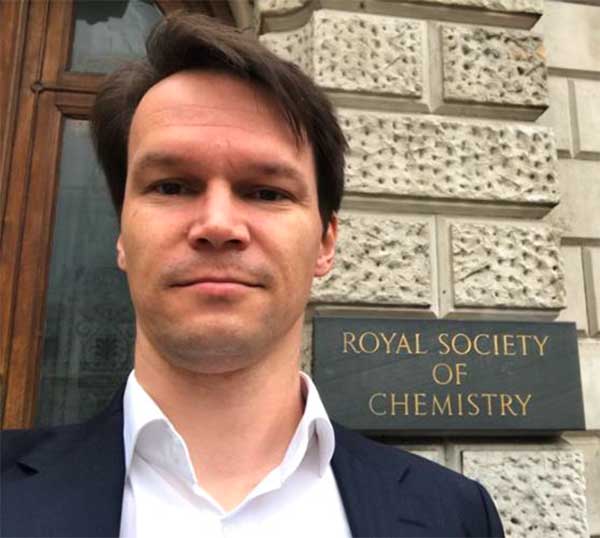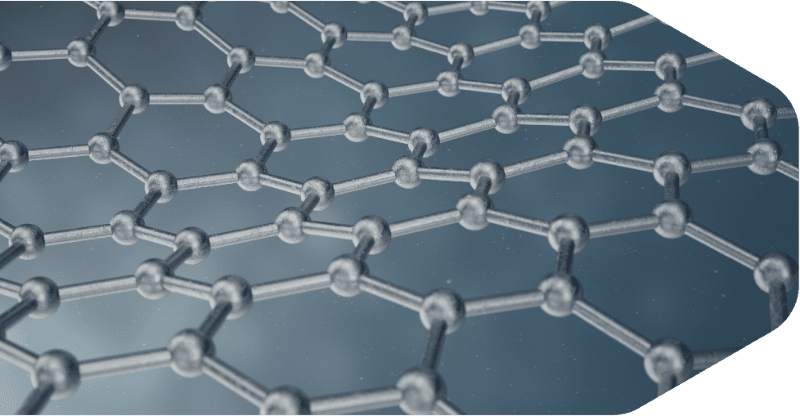
Denis Koltsov is one of the leading people in the global graphene community. He has the responsibility for chairing the group that develops the international standards in the fast-developing field of graphene and 2D materials.
We managed to find time for a conversation about his work. The full interview was recorded and can be found on the nixenepublishing.com website.
Can you start by telling us about your work?
Well, the International Standards Organisation is based in Geneva. They do all sorts of standardisation for all sorts of sectors. The organisation is divided into technical committees that specialise in specific areas. I work in the field of standards for nanotechnology. The technical committee 229 (TC229) works on nanotechnology in general and graphene is part of this. We cover many aspects of standardisation, terminology, measurement, health and safety, to material specifications. Now we are even going in to applications which is a tricky business because the number of applications has just exploded, not only for graphene but other nanomaterials as well.
So, a big part of your work will be to define what is and is not graphene?
As a responsible organisation, ISO, we take the terms used quite seriously. This means that suppliers and customers anywhere in the world can use terms such as graphene, few-layer graphene, graphene nanoplatelet etc. and this would mean the same thing for everyone around the world. Customers would know what they are buying. The thing we don’t want is someone selling graphene when it is not actually graphene and we have seen cases like this already.
How do you know you have graphene?
It is quite difficult sometimes to find out whether a material is graphene or not. To find out for certain you need to have very specific and well standardised methods for measurement or characterising the material because they all look like black powder.
To give credit to the graphene industry they are not just supplying black powder. Most people I speak to do quite good measurements. The problem is that different organisations do their measurements in slightly different ways and this is a problem for standardisation.
Can you give us an example of why is this important?
The basic measurements are required by industry pretty much yesterday. Imagine you are a start-up company and you need graphene for some application. You buy a material that is supposedly graphene but it isn’t. You try it, it doesn’t work, you fail and your venture capital runs out of patience and the start-up ceases. The world is busy we move on.
But what if that start-up was trying to answer some major questions such as a cure for cancer or desalination of water, really big tickets. What then? They bought a misleading material they tried and failed and maybe three to five years in the future someone else tries again with better material and will succeed. The result is we have lost all this time.
So, we take all this quite seriously. Actually, it is important to supply material that is genuine using genuine measurement methods. This means material can be specified without ambiguity so the same material is measured in the same way in different countries, different climates and different time zones and everyone produces the same result. This is exactly where we are heading.
Can you give us an idea of the different types of graphene?
There is monolayer graphene, then few-layer graphene up to ten layers then beyond that it is graphite or graphene-like material. But beyond ten layers applications do not stop. For example, there are many applications for supplying high quality many layered graphene-like materials into polymers such as rubber in tyres, additives for cement and asphalt for roads. These are really large volume applications. The issue is to supply the customer with material that is uniformly defined and characterised.
So, customers can have confidence that the material they are buying has the correct properties and delivers the performance benefits everyone expects?
Correct. Graphene and most nanomaterials are not commodities. So, you cannot say, I would like two-layer graphene today. It is a little more involved than that. It takes a while for the application builder to interact with the supplier. Many factors are important, such as the flake size, the dispersion, the chemical functionalisation, what impurities may be present and whether the application builder can live with those impurities. The important thing is the language between the application builder and supplier is correct and genuine. This means different nanomaterials can be compared to see which produces the best result in a fair comparison. This allows the supplier to be selected and then the work of optimising the particular material for the applications can begin.
Standards are only part of the conversation, there is a lot of bespoke work going on.
So how do standards get developed?
We have a lot of countries represented. Each country has a committee with quite a few people involved representing industry, consumer organisations, academia, regulators etc. When it comes to discussion to define, say, what is graphene or what is a nanomaterial, all these people come out of their committees to say ‘actually we think this is…’ They must present scientific evidence.
We have disagreements. These are resolved by voting. Everyone has a voice. However quite often one voice, with very good scientific reasoning can sway the development of particular standards. The standards are also heavily influenced by the end use applications.
For example, if a supplier wants their material to be called something specific, make your case and justify it and we will listen. This is why we always encourage people to be there at the meetings so representations can be made.
If someone wants to get involved with setting of standards how do they do this?
They can send an email to me (Denis Koltsov). In the UK the chair of the national committee is Dr. Charles Clifford at the National Physical Laboratory (NPL).
We will welcome all the experts who can spare their time and expertise to bring these standards to publication.
So, you travel the world to identify and meet the key players, marshal the science and technology and understand the applications. Then you have to have the people skills to bring groups together, get them to share their knowledge and extract the best thinking to create well-formed and enduring descriptions that you capture in a document that will last a long time. This creates useful clarity to enable products of the future to be applied for the maximum benefit way into the future. Dr. Denis Koltsov, I have come away with a renewed respect and admiration for your work. You have a fascinating job. Thank you very much for your time.


© Copyright 2025 Nixene Publishing Privacy Policy Cookie Policy Website Design by Pivotal Marketing